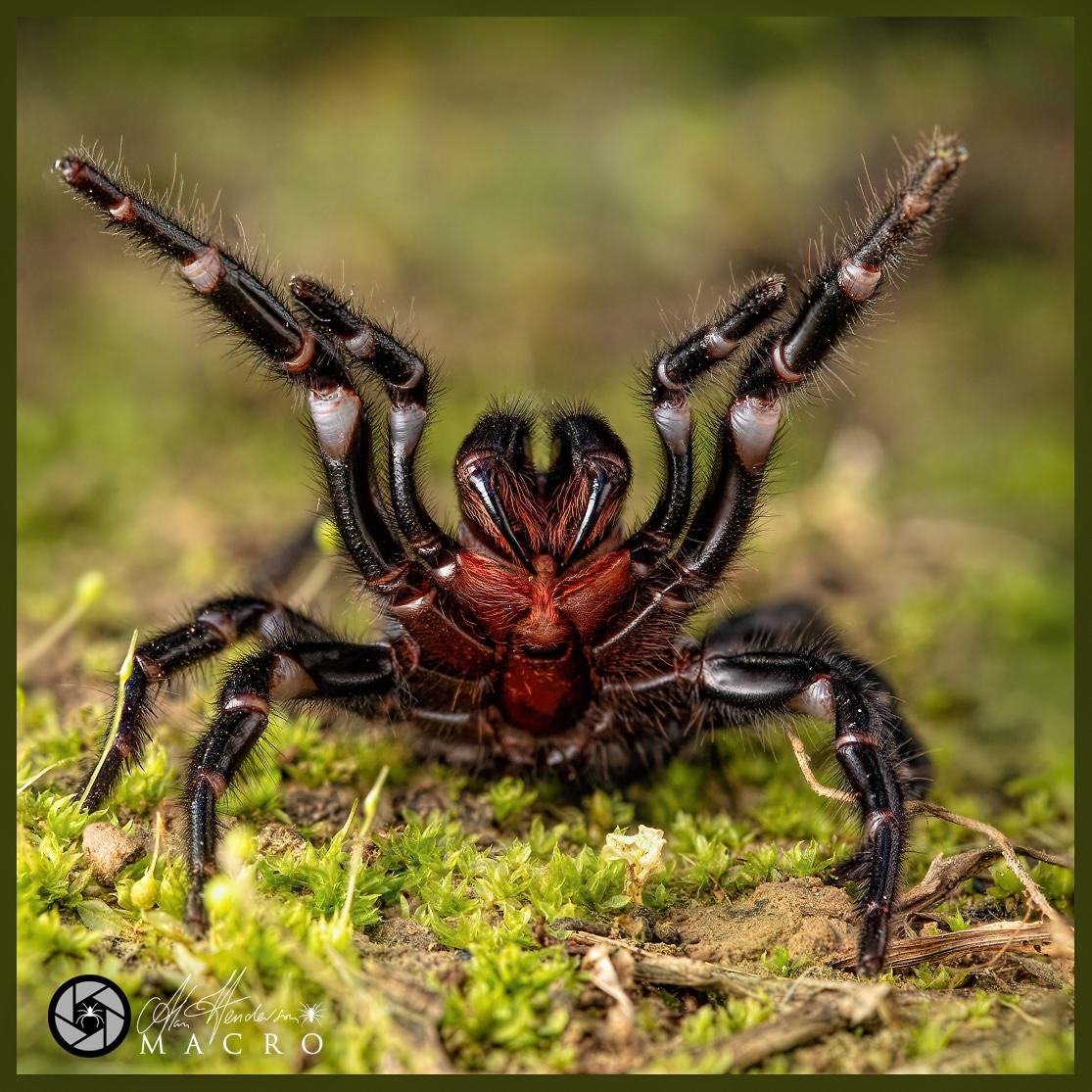
Let’s answer that commonly asked question.
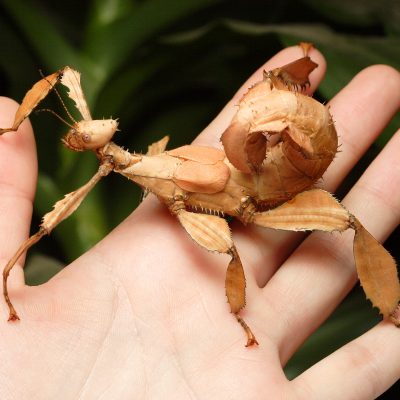
Minibeasts are small animals that do not have an internal skeleton. They are scientifically known as invertebrates. They live all around us in a multitude of habitats, even in our yards and in our homes. There are more invertebrates on earth than any other type of animal. Another popular name for invertebrates is bugs.
While there are a myriad of species of invertebrates that live in the oceans of the world, it is the land-based (terrestrial) species that are usually referred to as minibeasts or bugs. These are the invertebrates we encounter quite frequently. The major groups are insects (including flies, beetles, butterflies and ants), arachnids (including spiders, scorpions and harvestmen), crustaceans (including pillbugs and slaters), myriapods (centipedes and millipedes), and gastropods (snails and slugs).
Most of these have hard outer skeletons (exoskeletons) and moult them off in order to grow. The gastropods have soft bodies and grow gradually more like we do.
Many of these fascinating animals are easy to keep as pets or in the classroom. Stick insects are a great group to start with.
‘What is a minibeast?’ is one of the many minibeast questions we can help you to answer.
We created several resources for kids to learn and we run educational incursions in schools where we bring live minibeasts from our collection with us!
Article written by
Do you like this article? Share it on your favourite platform.

The truth about Australia’s most deadly bugs that bite and sting
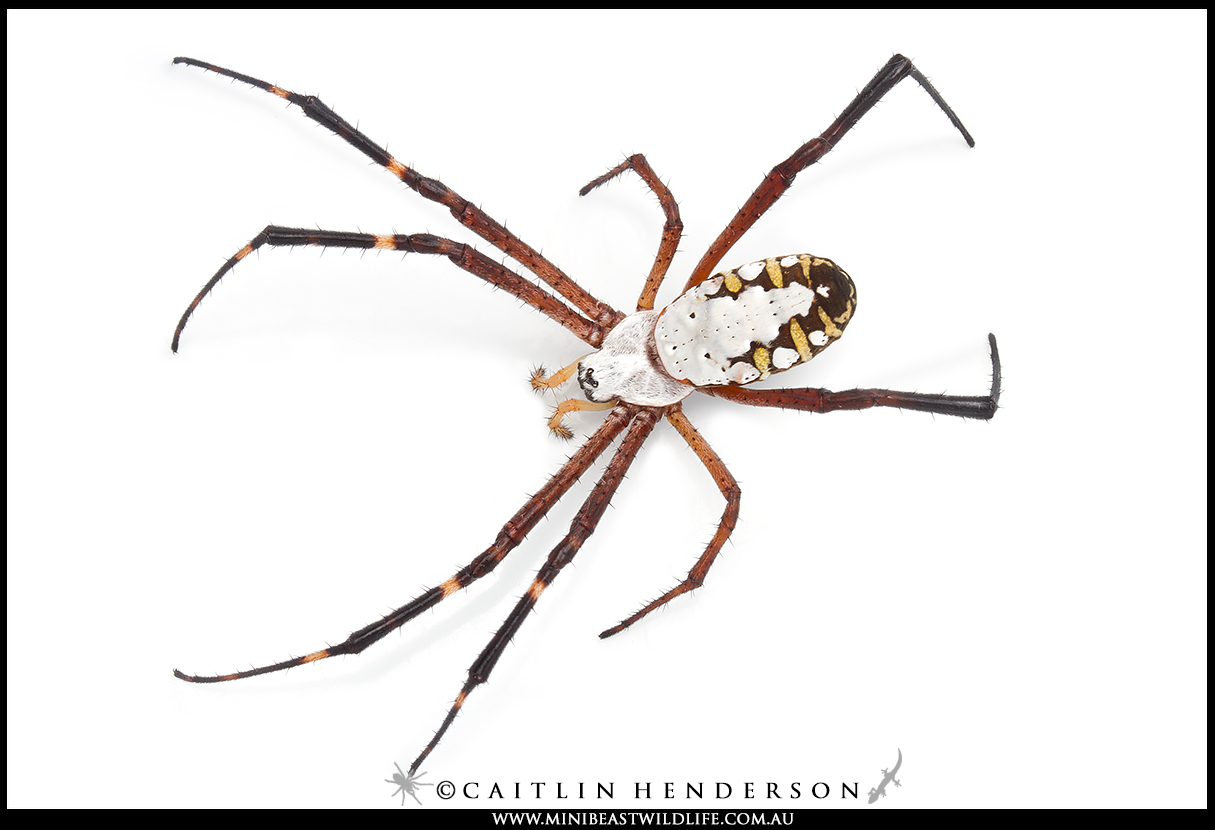
A metallic-silver spider previously unknown in Australia has been found living at multiple sites near Darwin in the Northern Territory by myself and entomologist Graham Brown.
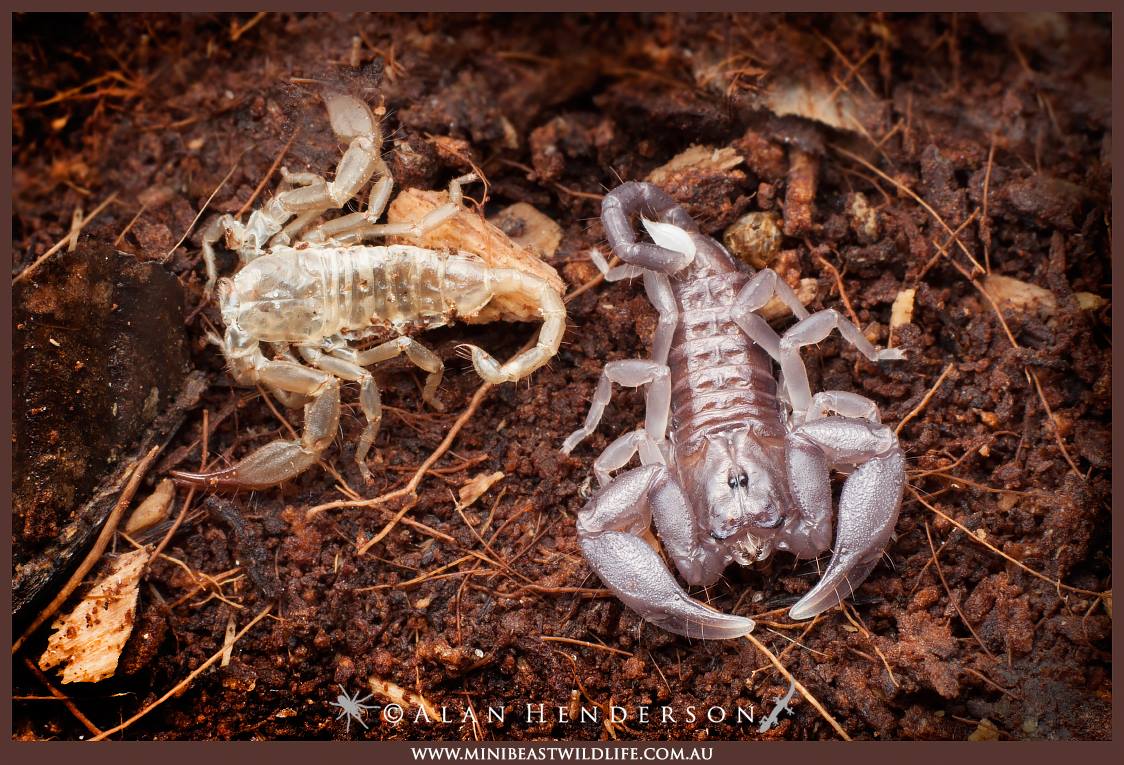
One of the strangest things about living life as a minibeast (apart from having all those legs) would have to be the sudden urge to
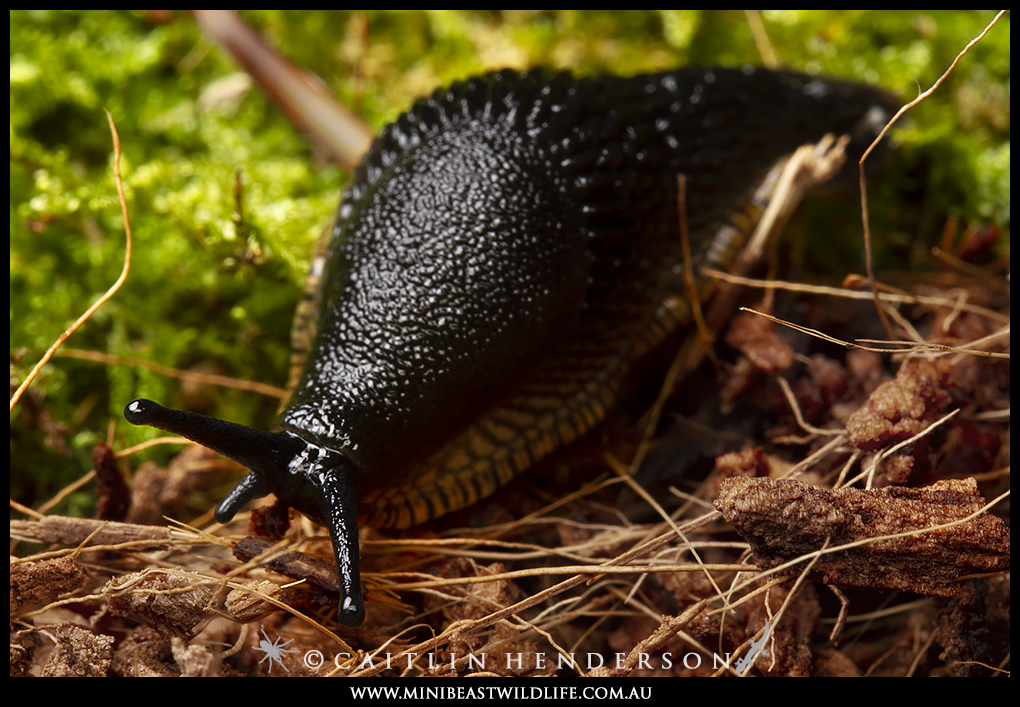
If you live in one of the cooler, wetter climes of Australia, you might have spotted this stunning black slime-machine cruising around. The name is